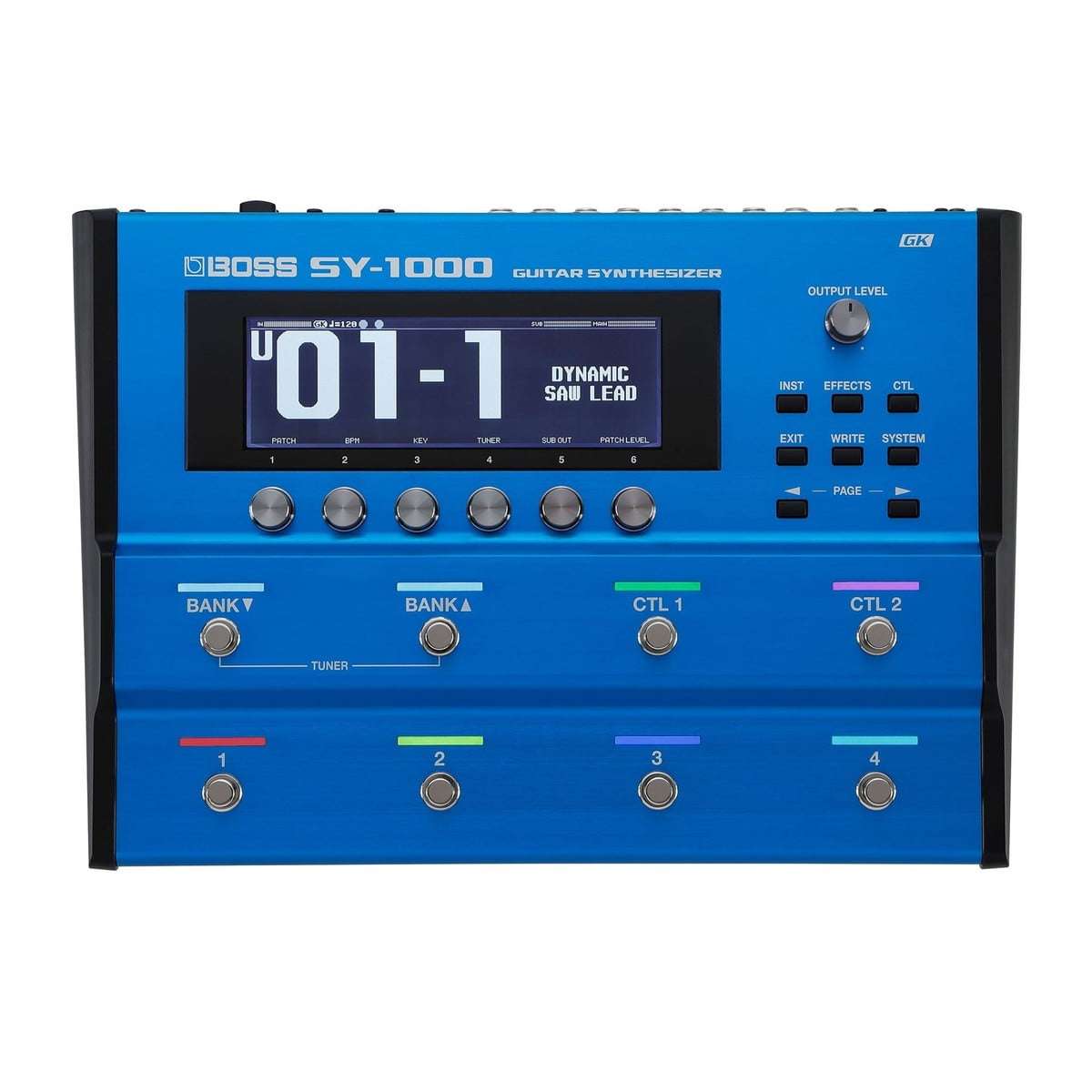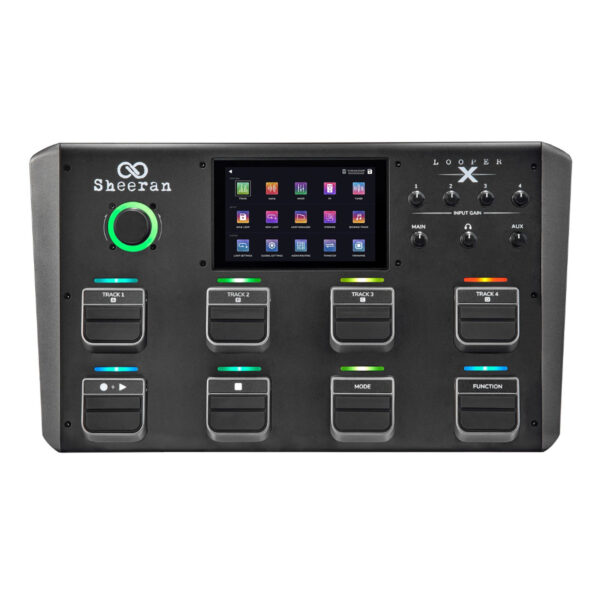did somebody say just Tweak?
Acoustic Guitar

“Acoustic Guitar” isn’t a typical guitar effects pedal type like distortion, delay, or reverb. Instead, it refers to the natural sound produced by acoustic guitars, which don’t require additional effects to be heard.
However, there are effects pedals designed specifically for acoustic guitars that can enhance or modify their sound in various ways. Here are some common types of effect pedals used with acoustic guitars:
- Acoustic Preamp/DI: These pedals are designed to enhance the tone of an acoustic guitar when plugged into a PA system or amplifier. They often include EQ controls to shape the sound and may offer features like feedback suppression and phase inversion to mitigate issues commonly encountered when amplifying acoustic instruments.
- Acoustic Simulator: These pedals are intended to make electric guitars sound like acoustic guitars. They emulate the resonance, tone, and dynamics of an acoustic instrument, allowing electric guitarists to achieve a more natural sound without switching guitars.
- Reverb: Reverb pedals add ambiance and depth to the sound of acoustic guitars by simulating the reverberations of different spaces, such as halls, rooms, or studios. This can create a more spacious and immersive sound, enhancing the overall presence of the acoustic guitar.
- Delay: Delay pedals produce echo effects by repeating the guitar signal after a set amount of time. When used subtly, delay can add depth and dimension to acoustic guitar playing, creating a sense of space and movement in the sound.
- Chorus: Chorus pedals modulate the guitar signal to create a shimmering, chorus-like effect. When applied to acoustic guitars, chorus can add richness and thickness to the sound, mimicking the lush harmonics of multiple instruments playing together.
- Compressor: Compressor pedals regulate the dynamic range of the guitar signal, evening out the volume levels between soft and loud notes. For acoustic guitars, compressors can help maintain a consistent level of volume and sustain, enhancing the overall clarity and presence of the instrument.
These are just a few examples of effects pedals commonly used with acoustic guitars. While acoustic guitars are often appreciated for their natural, unprocessed sound, effects pedals can be used creatively to enhance their tone and expand their sonic possibilities in various musical contexts.
- Boss
- Fishman
- L.R. Baggs
- Orange Amps
- Radial
- Sheeran Loopers
- TC Electronic
- Acoustic Guitar
- Analog
- Analogue
- Bass
- Boost
- Buffer
- Chorus
- Compression
- Compressor
- Controller
- Delay
- Distortion
- Echo
- Ed Sheeran
- Envelope
- EQ
- Expression
- Flanger
- Fuzz
- Guitar Effect Pedal
- Looper
- Modulation
- Multi Effects
- Multi-Effects
- New
- Noise Gate
- Octave
- Overdrive
- PedalBoard
- Phaser
- Pitch
- Power
- Power Supply
- Preamp
- Processor
- Reverb
- Slicer
- Stereo
- Sustain
- Switch
- Synth
- Synthesizer
- Tremolo
- Tuner
- Tuner Pedal
- Used
- Vibrato
- Volume
- Wah
Showing all 16 results
-
Behringer ADI21 V-Tone Acoustic Preamp – New Behringer Preamp Power Supply EQ Acoustic Guitar Guitar Effect Pedal
Read More£31.75 -
Boss AC-3 Acoustic Simulator Pedal – New Boss Acoustic Guitar Guitar Effect Pedal
Read More£123.50 -
Boss AD-2 Acoustic Preamp Guitar Pedal – New Boss Preamp Processor EQ Acoustic Guitar Guitar Effect Pedal
Read More£119.00 -
Boss GM-800 Guitar Synthesizer – New Boss Synthesizer Acoustic Guitar Guitar Effect Pedal
Read More£593.00 -
Boss GM-800 Synthesizer with Pickup and Cable for Bass – New Boss Synthesizer Bass Acoustic Guitar Guitar Effect Pedal
Read More£935.00 -
Boss GM-800 Synthesizer with Pickup and Cable for Guitar – New Boss Synthesizer Acoustic Guitar Guitar Effect Pedal
Read More£899.00 -
Boss SY-1000 Guitar Synthesizer – New Boss Synthesizer Bass Analogue Acoustic Guitar Guitar Effect Pedal
Read More£864.00 -
Boss SY-1000 with GK-3B Bass Guitar Pickup and Cable – New Boss Synthesizer Bass Analogue Acoustic Guitar Guitar Effect Pedal
Read More£1,079.00 -
Fishman AFX Pro EQ Mini Acoustic Preamp & EQ – New Fishman Preamp Power Supply EQ Bass Acoustic Guitar Guitar Effect Pedal
Read More£119.00 -
Fishman Platinum Stage EQ/DI Analog Preamp – New Fishman Volume Preamp EQ Distortion Boost Bass Analogue Acoustic Guitar Guitar Effect Pedal
Read More£171.00 -
L.R. Baggs Venue DI Pre-Amp – New L.R. Baggs Preamp Acoustic Guitar Guitar Effect Pedal
Read More£339.00 -
Orange Acoustic Pedal – New Orange Amps Preamp Power Supply EQ Acoustic Guitar Guitar Effect Pedal
Read More£125.00 -
Radial Tonebone PZ-Deluxe Acoustic Preamp – New Radial Tuner Pedal Preamp EQ Bass Acoustic Guitar Guitar Effect Pedal
Read More£325.53 -
Radial Tonebone PZ-Pre Acoustic Pre-Amp – New Radial Tuner Pedal Preamp EQ Bass Acoustic Guitar Guitar Effect Pedal
Read More£430.32 -
Sheeran Looper X – New Looper by Ed Sheeran – Guitar Effect Pedal
Read More£1,199.99 -
TC Electronic Impulse IR Loader – New TC Electronic Acoustic Guitar Guitar Effect Pedal
Read More£118.00















